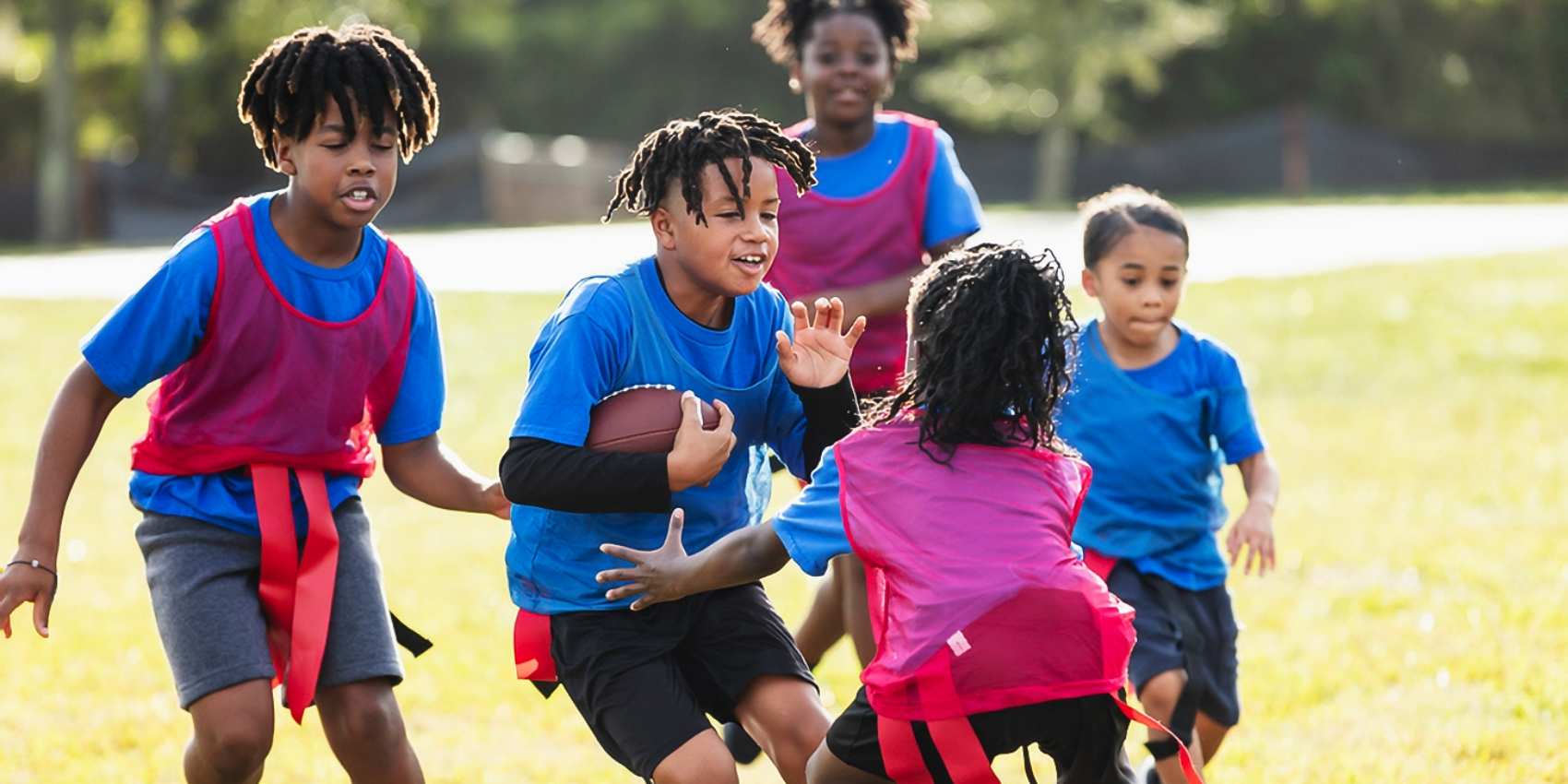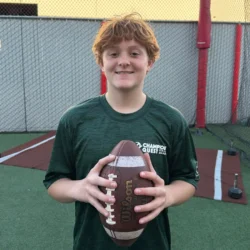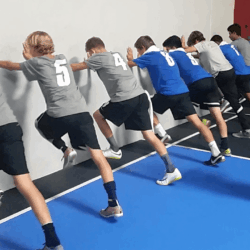
Why Hand-Eye Coordination Matters for Flag Football Running Backs
By: Reggie Ward
The Importance of Hand-Eye Coordination in Flag Football
This is part two of a four-part series exploring the value of hand-eye coordination from a running back’s point of view. Hand-eye coordination is a key skill in all sports, but in flag football, it can make the difference between average and elite performance.
Even though flag football is a non-contact sport, players still need precise control and timing to execute movements effectively. Running backs rely heavily on their ability to see the field, react quickly, and handle the ball under pressure.
What Is Hand-Eye Coordination?
Hand-eye coordination is the ability to use the eyes and hands together to perform a task; such as catching, carrying, or securing the football. In flag football, this means maintaining control of the ball while performing jukes, cuts, and spins to avoid defenders.
A player who combines strong running technique with excellent hand-eye coordination can react faster, protect the ball better, and make smarter plays on the field.
The Running Back’s Role
Running backs play a crucial role on offense. To perform at a high level, they must:
- Hold the football properly with the correct grip
- Read and recognize running lanes quickly
- Track and catch the ball with precise timing and focus
The eyes and hands must always work together to make sure passes are caught cleanly and secured right away. Consistent hand-eye coordination allows running backs to react in real time and adjust to unpredictable situations.
How Champion’s Quest Trains Hand-Eye Coordination
At Champion’s Quest in Los Alamitos, CA, we train flag football athletes to improve their coordination, speed, and game awareness. Our football academy uses four primary drills to develop hand-eye coordination for running backs:
1. Ball Security
Athletes learn the four points of pressure point: forearm, elbow, and rib cage; to ensure the football is always protected.
2. Hole Recognition
We teach players how to identify primary running lanes on both the strong and weak sides to make better decisions on the field.
3. Explosive Agility
Through acceleration and multi-directional drills, players improve their ability to change direction and create separation from defenders.
4. Live I.Q. Training
Players review coverage concepts and learn key running back routes, such as swings, wheels, circles, and drags, to improve their game intelligence.
Train Smarter, Play Faster
Hand-eye coordination is one of the most valuable skills a running back can master. By improving this area, athletes not only perform better in flag football but also gain confidence in their decision-making and overall athletic ability.
If your athlete is ready to take their flag football game to the next level, contact Champion’s Quest today to schedule a performance assessment.



